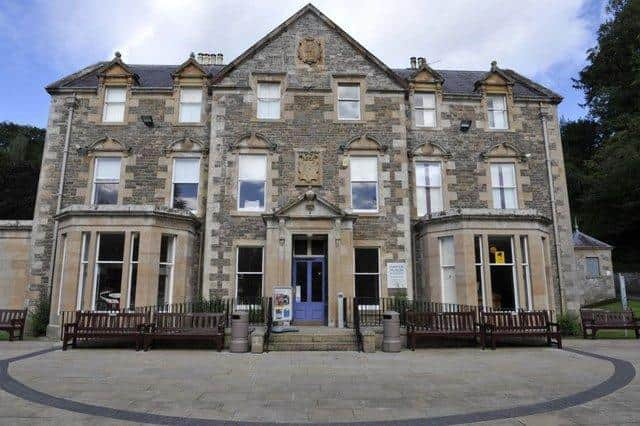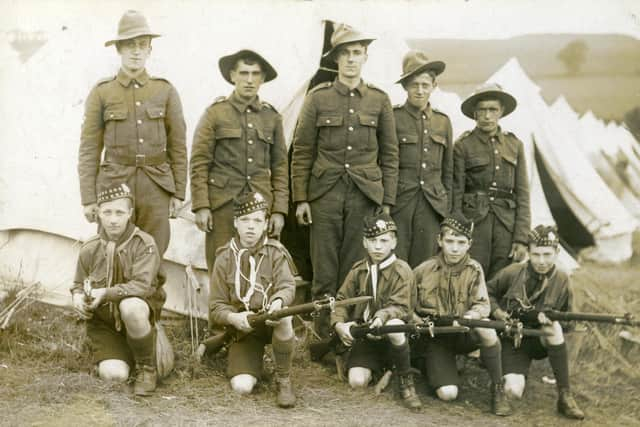See what life was really like at a First World War POW camp in Hawick


Hawick Archaeological Society is hosting its first in-person event since the pre-Covid days of early 2020 with a Stobs Camp ‘Show & Tell’ at Hawick Museum, on Sunday, November 28.
Through the use of museum donations and collections, preserved fieldwork finds unearthed at Stobs, and other ephemera, guest speaker Andrew Jepson – Archaeology Scotland’s Stobs Camp project officer – will guide visitors through the life and times of the camp and some people associated with it.
Advertisement
Hide AdAdvertisement
Hide AdThis will be followed by a short presentation delivered by Hawick Archaeological Society’s field secretary Ian Lowes, using his unique, extensive and valuable postcard collection, which will further flesh out the untold stories of Britain’s best-preserved First World War internment camp.


Visitors will then have the opportunity to view these objects and postcards in the Scott
Gallery and to visit the War Room downstairs to see them up close and personal.
All tickets are free but booking is essential; there will be two sessions, held from noon to 1pm, and 2pm to 3pm, respectively. Tickets can be found online through Eventbrite at https://www.eventbrite.co.uk/e/stobs-camp-show-tell-tickets-209795432787, and all visitors to the museum are asked to respect existing Covid-19 guidelines e.g. to sanitise their hands and wear a mask unless they are exempt from wearing one.
Advertisement
Hide AdAdvertisement
Hide AdA spokesperson for the society said: “This will be a rare opportunity to find out what life was like at the camp prior to and during the war, and each object and postcard has its own story to tell. We look forward to seeing both fresh and familiar faces at this event, which is open to all – so long as you book ahead!”
Stobs Camp has significant historical importance with its quality of remains, intact training ground, massive archaeological potential, and as a huge educational resource.